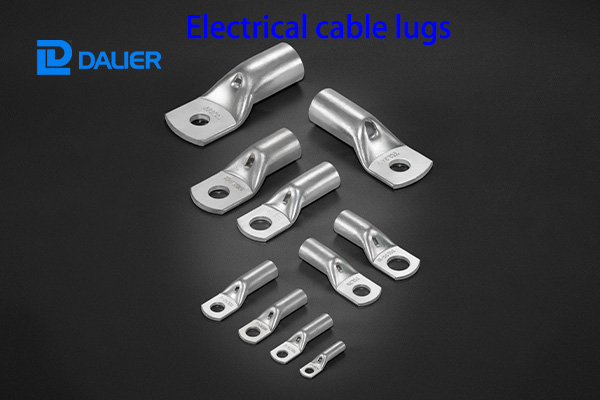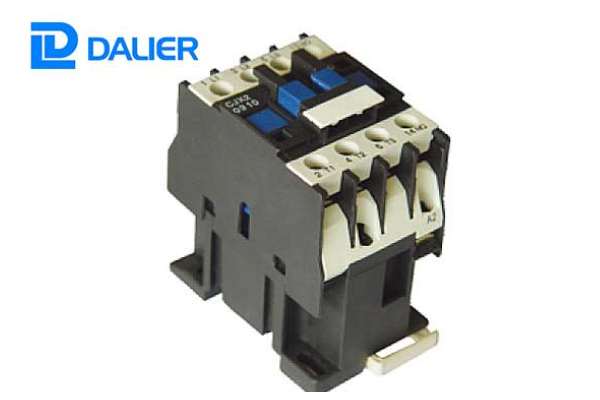What is the difference between a magnetic starter and a contractor?
In the world of industrial automation and motor control, contactors and magnetic starters are two fundamental components that are often confused due to their visual similarity. However, they serve distinct functions, and choosing the wrong one can lead to motor failure, system damage, or safety hazards. This article will explore what contactors and magnetic starters are, highlight their key differences, and provide guidance on selecting the right device for your application.
What is a Contactor?
A contactor is an electrically-controlled switch used to turn the power on or off to a circuit. Its core mechanism is an electromagnet (coil). When the coil is energized, it creates a magnetic field that pulls in a movable armature, forcing the main power contacts to close. This allows a large current to flow to the load (such as a motor, heater, or lighting system). When the coil is de-energized, a spring mechanism returns the contacts to their open position, breaking the circuit.
Key Characteristics:
-
Function: Provides remote ON/OFF control only. It is a heavy-duty switch for high-current circuits.
-
Core Components: Electromagnet (coil) and main power contacts.
-
Lacks Protection: A standard contactor does not include any overload protection. It cannot detect if a motor is drawing excessive current due to jamming, low voltage, or other fault conditions.
-
Typical Applications: Controlling lighting circuits, heating elements, transformers, capacitor banks, and as a component within more complex control systems.
What is a Magnetic Starter?
A magnetic starter is essentially a contactor and an overload relay combined into one integrated unit. It includes all the switching functions of a contactor but adds the crucial feature of motor overload protection.
Key Characteristics:
-
Function: Provides remote ON/OFF control + Overload Protection.
-
Core Components: Electromagnet (coil), main power contacts, and an overload relay.
-
Built-in Protection: The overload relay monitors the current drawn by the motor. If the current exceeds a preset limit for a sustained period (simulating the thermal characteristics of the motor), the relay will trip. This action opens a set of normally-closed auxiliary contacts, which de-energizes the contactor coil, stopping the motor and preventing it from burning out due to overheating.
-
Typical Applications: Specifically designed for the control and protection of electric motors. It is the standard component in nearly all industrial motor control circuits.
Difference Between Contactor and Motor Starter
| Feature | Contactor | Magnetic (Motor) Starter |
|---|---|---|
| Function | Electrically controls power flow to loads | Starts, stops, and protects motors |
| Components | Only the contactor itself | Contactor + overload relay |
| Overload Protection | Not included | Included |
| Usage | Used for various electrical loads | Specifically for motor control |
| Control Method | Manual or automatic | Typically automatic with protection |
| Applications | Lighting, heating, capacitor banks | Motor control circuits |
Motor Starters & Contactors in Motor Control
In a typical motor control circuit, contactors and magnetic starters play different roles:
Scenario Using Only a Contactor: This is applicable if the circuit only requires remote start/stop control, and overload protection is provided by a separate device (like a circuit breaker or fuse). However, this setup is less common because a dedicated overload relay is often more precise and convenient than a fuse for motor protection.
Standard Scenario Using a Magnetic Starter: This is the most common and recommended motor control solution. An operator presses the start button, energizing the magnetic starter, which closes and powers the motor. During operation, the starter continuously monitors the current. If an overload occurs, the overload relay trips, reliably stopping the motor and providing a fault indication (e.g., a red trip indicator on the relay).
Which One Should You Choose: a Contactor or Motor Starter?
The answer depends entirely on your load type and application requirements.
Choose a Magnetic Starter When:
-
You are controlling and protecting an electric motor. This is the golden rule. For any three-phase or single-phase AC induction motor application where protection against overload damage is required, a magnetic starter is mandatory.
-
Applications include: Pumps, fans, compressors, conveyor belts, machine tools, and virtually all industrial machinery.
-
Reason: It provides essential protection for expensive motors and equipment, preventing costly downtime and production losses caused by motor burn-out.
Choose a Contactor When:
-
You need to control non-motor loads. Examples include controlling resistive heaters, large lighting arrays, power transformers, or capacitor banks (for power factor correction).
-
Your motor already has reliable overload protection provided by another means. This is rare but can occur in specific system integrations.
-
Reason: For these loads, overload protection is not the primary concern, or it is handled by a dedicated, separate device. Using a contactor can be more cost-effective in these scenarios.
Conclusion
A contactor is a switch; a magnetic starter is a switch with built-in protection.While they operate on the same electromagnetic principle, the magnetic starter provides a vital additional layer of protection specifically for motor applications through its integrated overload relay. When selecting a control device for a motor, the magnetic starter is almost always the correct choice for reasons of safety, reliability, and equipment longevity. For the simple ON/OFF control of non-motor loads, a contactor presents an economical and effective solution.




